Japanese pottery showcases the creative ability of its artisans and the delicate connection between culture, history, and invention. Pieces range from the peaceful simplicity of tea bowls to the stunning beauty of porcelain vases.
We will explore how political movements in Japan are connected to its rich ceramic history as we explore Japanese ceramics, revealing how these advancements continue to influence and inspire modern pottery techniques. Discover the secrets of Japan’s captivating ceramic culture with us, a journey full of creative inventiveness and cultural relevance.
We’ll talk about in this article.
- History of Japanese pottery
- Several of the nation’s most well-liked fashions
- And the amazing Kintsugi artwork
A (Semi) Brief History Of Japanese Pottery
China and Korea shaped the early development of Japanese pottery, which has a long and rich history over thousands of years. The Momoyama period (late 16th century) was one of the most important times in Japanese pottery history.
With their innovative methods and aesthetics, great potters like Chojiro and Kenzan transformed ceramic art. During this time, famous Japanese ceramics like Kakiemon and Imari ware became more and more well-known both domestically and abroad.
Japanese ceramics made significant advances during the Edo period (17th–19th centuries), with local kilns like as Seto, Bizen, and Hagi crafting distinctive types valued for their singular aesthetic attributes. During this period, Japanese ceramics were also impacted by the wabi-sabi philosophy, which emphasizes imperfection, simplicity, and natural beauty.
The Six Ancient Kilns of Japan hold a significant place in the history of pottery, each with its own unique characteristics and contributions.
Seto is recognized for its unique green glaze and complex designs that highlight the area’s skill in the arts.
Echizen is known for its rough textures and earthy tones, echoing its surroundings’ untamed beauty.
Tokoname has a timeless refinement with its basic yet graceful designs and deep red clay, making it stand out.
Shigaraki embodies the essence of wabi-sabi aesthetics with its rough surfaces and natural ash glazes, giving it a rustic beauty.
Tanba’s earthy, traditional craftsmanship is reflected in its rich brown hues and unassuming form.
Bizen rounds out the group with its unglazed stoneware bearing striking kiln markings, evoking raw and primal energy that has captivated pottery enthusiasts for centuries.
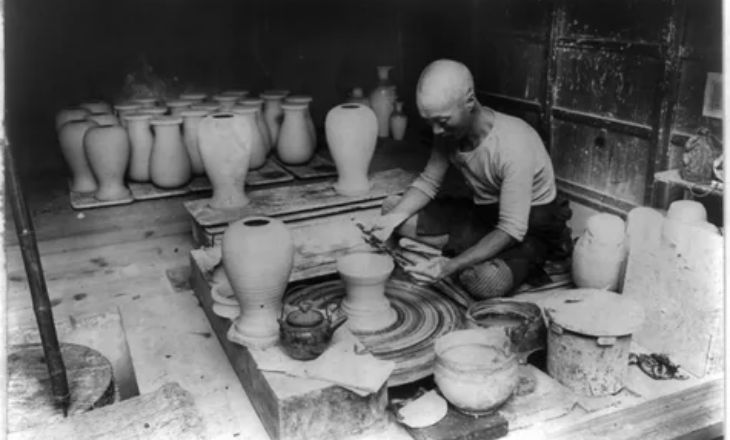
Japan has become known for its contributions to early ceramics. The following are the most prominent historical eras in Japanese ceramics:
- Jōmon period
- Kofun period
Jōmon Pottery
Japan’s ceramic legacy started to take shape during the Jomon Dynasty with the appearance of unusual coil-built ceramics. This historical period is especially fascinating because it illustrates the close relationship that early Japanese communities had with their surroundings.
Jomon pottery’s complex patterns and distinctive forms indicate a deep respect for the natural world and a sophisticated sense of aesthetic beauty, offering important new perspectives on the cultural norms of this ancient culture.
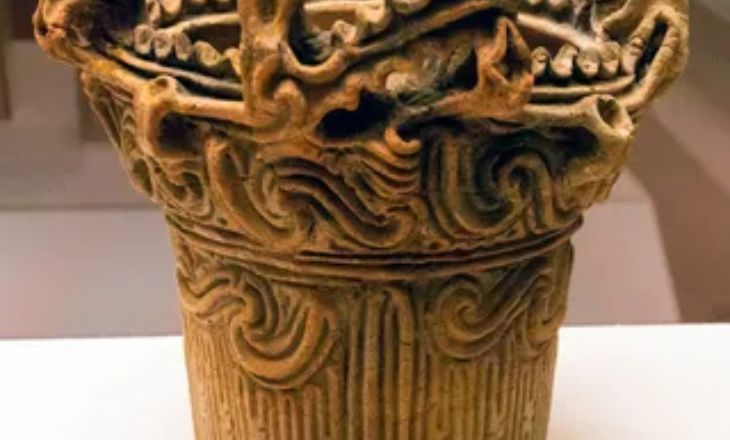
Kofun Period
The Kofun period, which was characterized by an expansion of production processes and an increase in patterns for decoration, further displayed the increasing creativity and expertise of Japanese ceramics.
During this period, imported influences from nearby regions were integrated, demonstrating Japan’s increasing relationship with other cultures and its capacity to include foreign concepts in its artistic traditions. The resulting confluence of styles showed both technical proficiency and a readiness to accept new ideas and absorb them into established processes, adding to the rich diversity of Japanese ceramics.
Japan’s ceramics had three significant changes during the Kofun Period:
- The arts and crafts of Japan were greatly influenced by the trading links between the Korean peninsula and Japan. Japanese creativity has been strongly influenced by ancient exchanges between the two regions regarding ceramics, mining, and other artistic traditions. Intricate designs and patterns that would later become symbols of Japanese artistry were introduced to Japan by the metal workers and Korean potters, who also contributed to new glazing processes.
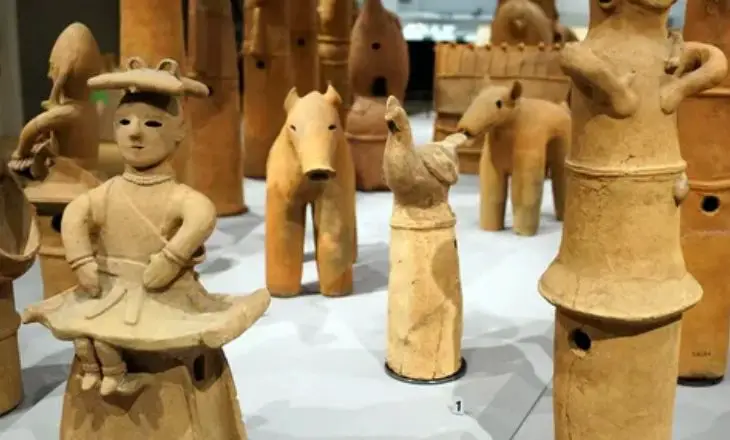
- A classic tool in the field of ceramic art, the pottery wheel provides a fascinating combination of old-world skill and modern imagination. Raw materials are transformed into beautiful works of art by the organic rhythm of the spinning wheel, with each item retaining both the creator’s imprint and its distinct personality.
- A pivotal moment in the history of ceramics and pottery was the discovery of the clay required to create porcelain. China and several parts of Europe are among the places in the globe where one can find kaolin, a special kind of clay. Potters would not have been able to make the elegant, thin, and powerful porcelain containers without this essential element.
- The invention of porcelain transformed pottery-making, enabling artists to create delicate yet strong tools that were both practical and beautiful.
Japanese Pottery Types
Different parts of Japan have unique ways of making pottery. Here are 5 famous styles:
1. Shigaraki Ware
Shigaraki Ware, Originating from the Shigaraki region of Japan, this traditional pottery has a gritty texture and a high iron content, giving it a unique earthy look. The distinctive fire method of Shigaraki Ware is what distinguishes it.
The pottery glazing process in Shigaraki ceramics is made more unpredictable and distinctive by the amazing phenomenon known as the Johan effect. This organic beauty is created by the natural color variety that results from the interaction between clay and a wood-fired kiln. This effect cannot be duplicated using traditional methods.
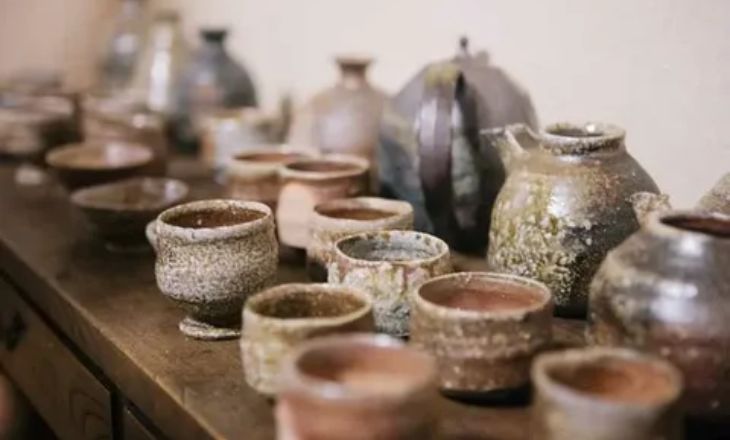
2. Arita Ware
Arita Ware, which comes from the town in the Nishimatsuura District, is a wonderful representation of Japanese ceramic workmanship. Arita Ware is well-known for its delicate designs and understated blue-white coloring. Its outstanding quality and beautiful beauty have won it praise from all over the world.
The origins of Arita Ware may be traced to the early 17th century when skilled Korean potters immigrated to Japan. It was then that premium kaolin clay reserves were found in Arita, which helped to define the distinctive pottery style.
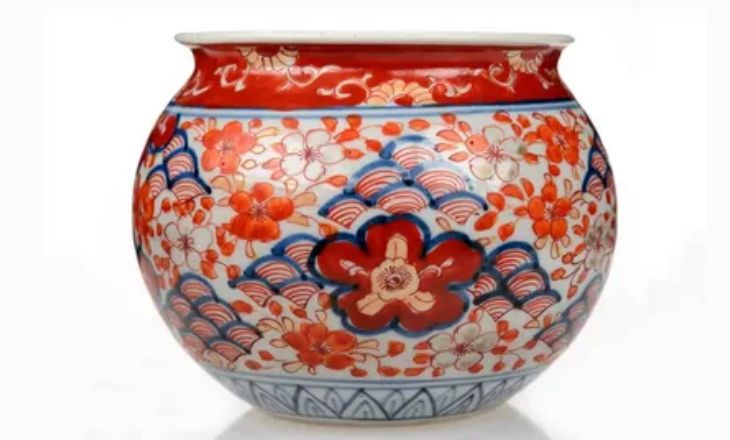
3. Tokoname Ware
The history of Tokoname Ware, a type of traditional Japanese pottery, dates back more than 900 years. Beyond its extraordinary strength, Tokoname Ware is unique due to the unique red clay that is utilized in its creation, giving it a deep, earthy look.
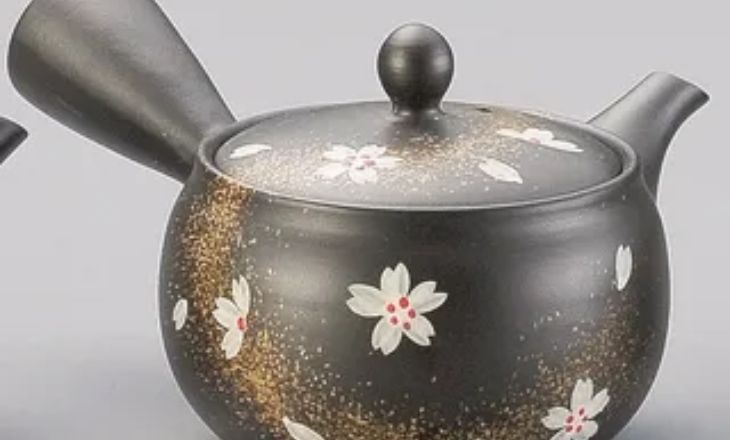
4. Mino Ware
With roots dating back more than 900 years, Mino Ware is a prominent figure in Japanese ceramic history. The ancient Japanese kilns of Mino City are the source of this traditional ceramic type, which is known for its earthy aesthetics and rustic appeal. Rich clay resources and talented craftspeople in the area have produced a broad variety of Mino Ware items, from useful tableware to stunning artwork that is sought after by collectors all over the world.
Many Seto ceramists sought safety in Mino during war and instability, contributing their knowledge and skills to enhance the regional ceramic culture. As a result of this cross-cultural interaction, Mino Ware’s styles evolved, adopting new glazing techniques and Seto pottery-inspired decorative elements.
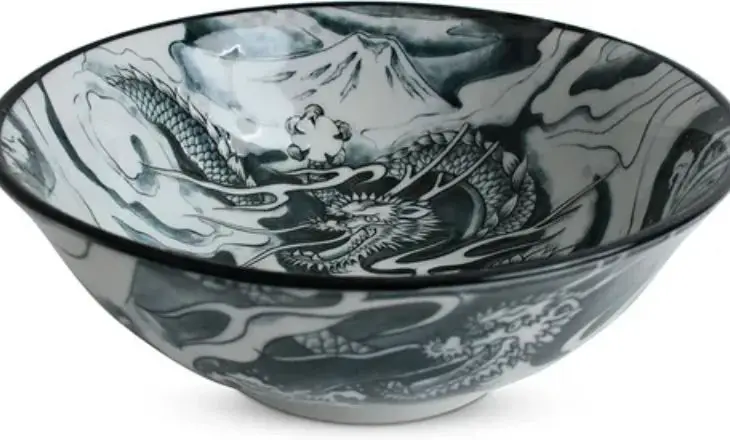
5. Seto Ware
In Japanese culture, seto pottery—also referred to as seto ware—has a special place, especially when it comes to traditional tea ceremonies.
Beyond its use in tea ceremonies, seto pottery continues to grow in popularity and come to represent elegance and refinement both domestically and abroad.
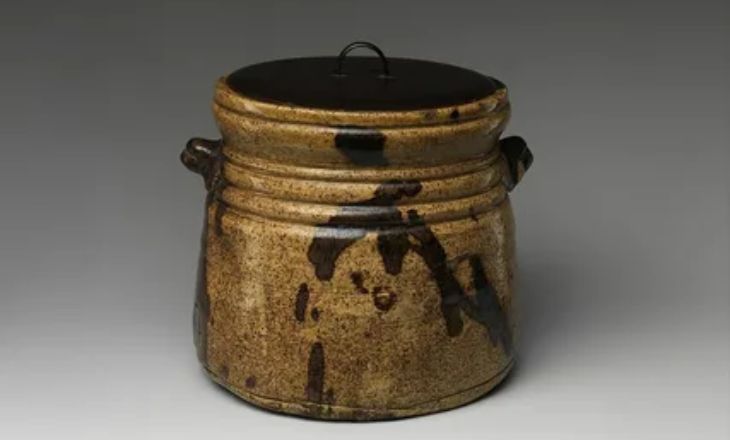
6. Kintsugi
Kintsugi, the Japanese art of repairing broken pottery with gold lacquer, teaches us a profound lesson in embracing imperfections. Instead of hiding flaws, Kintsugi celebrates them as part of an object’s history and beauty. This practice highlights the idea that healing can create something even more valuable and unique.
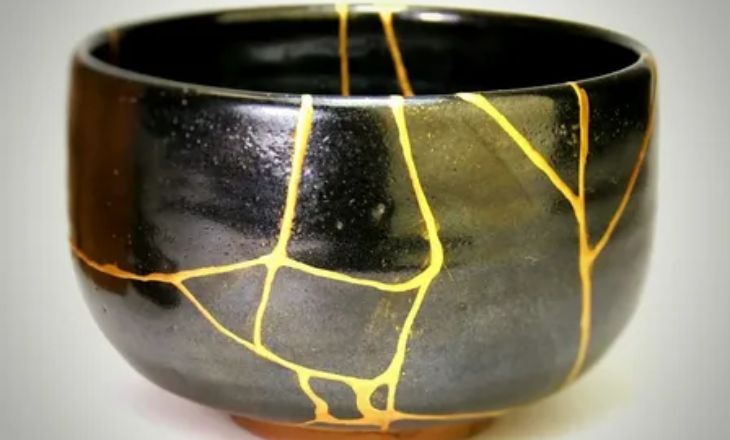
The Japanese technique of kintsugi, which involves fixing broken ceramics using lacquer infused with powdered gold, is a symbol of accepting flaws and rewarding determination.
So What Is Kintsugi?
In the traditional Japanese art form of kintsugi, broken pottery is repaired using lacquer that has been infused with powdered gold, silver, or platinum. Kintsugi draws attention to and improves cracks rather than covering or masking them, transforming what may be perceived as defects into an element that adds to the piece’s overall beauty.
Conclusion
Japanese ceramics are a rich and varied art form that captures the beauty, history, and culture of the nation. Every style showcases the artistry and brilliance of its designers, from the simple elegance of Raku porcelain to the finely detailed patterns of Kutani china. Japanese pottery’s ancient beauty and permanent appeal continue to attract lovers worldwide, it is utilized for tea ceremonies, as decorative pieces, or as useful tableware.
FAQs
What is called pottery?
Pottery is the process and the products of forming vessels and other objects with clay and other ceramic materials, which are fired at high temperatures to give them a hard, durable form.
What is the most famous Japanese pottery?
Imari ware (or Arita ware) from Saga Prefecture, Mino ware from Gifu Prefecture, and Seto ware from Aichi Prefecture are the perfect starting points for understanding the art of Japanese ceramics.
What are the four classifications of Japanese pottery?
Generally, Japanese ceramic wares can be divided into four categories: earthenware, stoneware, “pottery,” and porcelain. Earthenware (doki): Usually fired at 700 to 800°C (1292-1472°F). No glaze.
What are the three main classifications of Japanese traditional instruments?
They comprise a range of string, wind, and percussion instruments.
